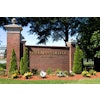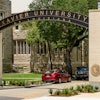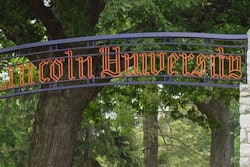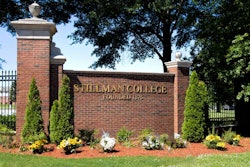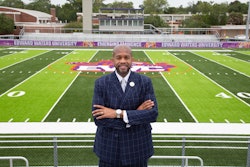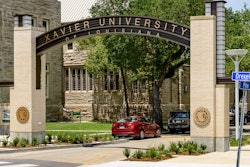Historically Black Colleges and Universities (HBCUs) make up 3% of the nation’s colleges and universities, and 20% of Black graduates in the U.S. HBCUs are leading producers of America’s Black judges, lawyers, doctors, and they produce 50% percent of the nation’s Black teachers. Despite these noteworthy contributions to society, opponents of HBCUs have criticized the lack of fundraising efforts at these institutions and continue to call into question their relevance. Nevertheless, a large segment of society, principally, business and political leaders as well as philanthropists, among others, strongly support the value of HBCUs. In fact, during the pandemic they coalesced around these venerable institutions as the nation experienced what many have deemed a racial reckoning, ushered in by the BlackLivesMatter movement and the murder of George Floyd.
This period of racial reckoning has seen many philanthropists celebrate the enormity of HBCUs by providing unprecedented financial donations. For example, philanthropist, Mackenzie Scott was the frontrunner in 2020, donating nearly $500 million dollars to a variety of HBCUs. In June of 2020, Reed Hastings, CEO of Netflix, and his wife donated $120 million to Spelman, Morehouse, and the United Negro College Fund. Their goal was to provide financial support for HBCU students and to acknowledge the cultural impact and resiliency of these institutions. A few weeks later, inspired by the Netflix’s gift, the Community Foundation of Greater Memphis Board of Trustees gave LeMoyne-Owen College a $40 million dollar endowment beneficiary gift. Finally, at the end 2020, Dominion Energy committed to giving $25 million to 11 HBCUs. Although 2020 was an exceptional philanthropic year of giving to HBCUs, with noticeable national attention being drawn to Black institutions, many stakeholders wonder how can HBCUs increase or maintain this level of support once we transcend this period of racial reckoning.
A Cultural of Philanthropy
To continue the momentum of giving at HBCUs, institutional leaders should not only set fundraising campaign goals, but work to create institutions that embody a cultural of philanthropy. Research has shown that many organizations do not have environments that support fundraising success or even understand how a “cultural of philanthropy” is demonstrated in organizations. Nevertheless, a culture of philanthropy, which is a subset of organizational cultural, is a process in which an entire company works together in the process of securing resources. Creating a cultural of philanthropy is not about increasing donations, but more about setting the conditions for fundraising to reach the common good. Specifically, in establishing an environment of philanthropy, HBCUs must be intentional in examining attitudes, behaviors, and feelings that support or hinder philanthropic efforts. In launching a cultural of philanthropy, everyone has a buy-in and are ambassadors to participate in relationship building. From the secretary to the president, every role has an opportunity to promote philanthropy. In order to continue to building philanthropy at HBCUs, a shift must be made from strategic fundraising to building deliberate alliances and relationships. Because HBCUs are not monolithic, the cultures of giving will look different and unique to each institution. However, it should be institutional leaders’ primary objective to retain donors to advance the mission and stability of their institutions as well as the well-being of students.
Alumni Engagement and Alumni Giving
In the effort to building philanthropy at HBCUs, institutional leaders should view alumni as valuable assets to the college or university. Interacting with alumni is not a process that should begin at graduation but start when they arrive as freshmen. It is alumni, who are brand ambassadors, that have devoted interest to their alma mater. Alumni can be of great assistance, being a cheer leader, by sharing with others extraordinary news about the university. In addition, they can provide advocacy and offer internships and mentorship opportunities to students. As a result, it is important that HBCUs implement strong engagement strategies with alumni. Such engagement should be continuous and not only during a crisis. Studies have shown institutions that have attained high alumni giving rates, have clear fundraising strategies, with a focus on creating students as lifelong donors.
Recruiting corporate leaders to HBCU Board

